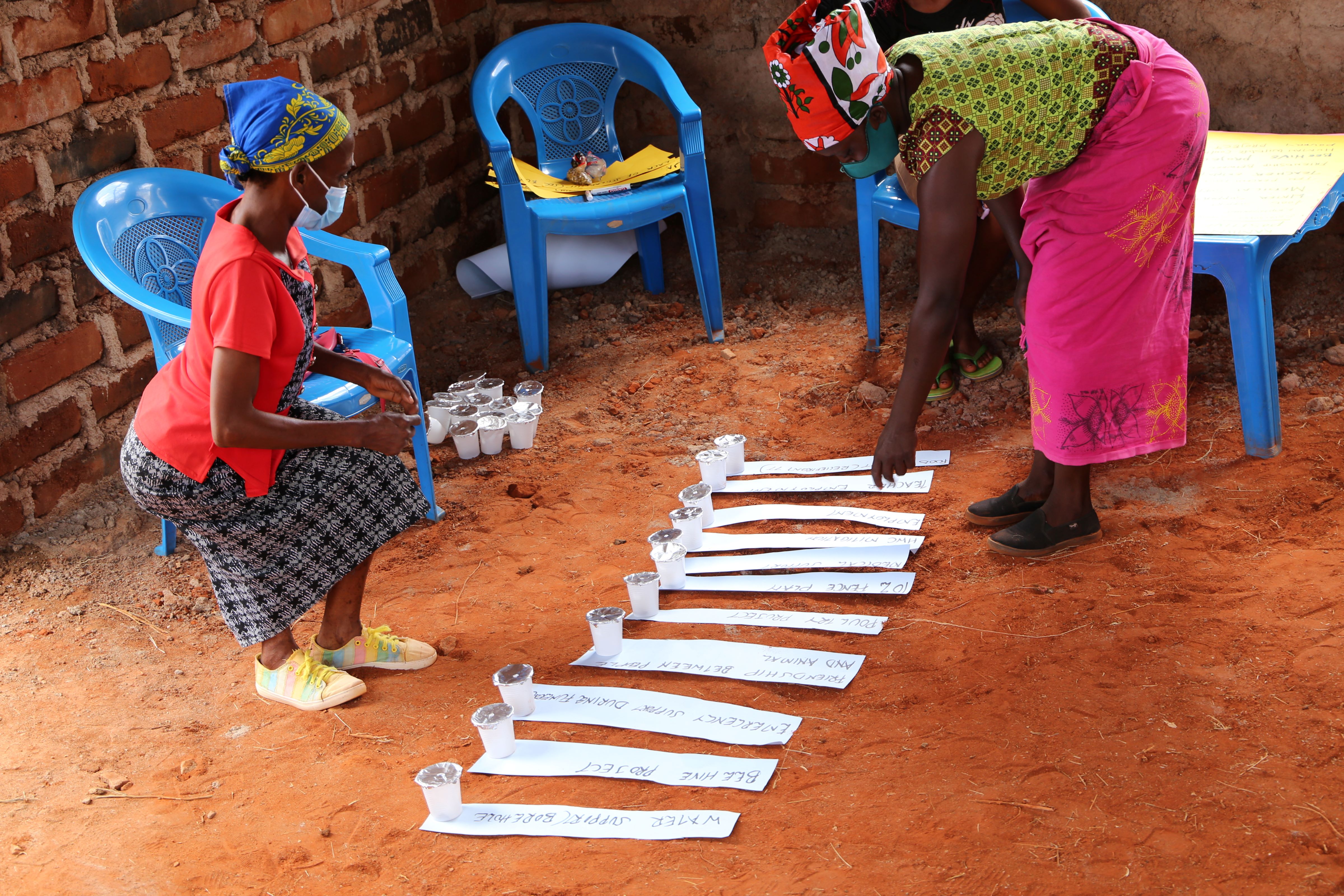

Les objectifs du bloc "Préparation de l'évaluation" étaient les suivants
- Effectuer un contrôle de faisabilité, afin de déterminer si le SAPA est une méthodologie appropriée pour évaluer les impacts sociaux de Kamungi.
- Planifier l'évaluation, afin de s'assurer que l'évaluation est mise en œuvre en tant que processus multipartite de haute qualité.
- Réaliser une cartographie des communautés, afin de s'assurer que le SAPA incluait toutes les communautés concernées au sein de Kamungi.
- Examiner les informations existantes, afin de s'assurer que l'évaluation s'appuie sur les données existantes pertinentes pour la conception et la mise en œuvre de l'évaluation.
- Effectuer une analyse des parties prenantes, afin d'identifier les acteurs essentiels qui devraient être impliqués dans la SAPA.
Deux facilitateurs de Kamungi ont été identifiés, un homme et une femme, et formés pendant deux jours à la collecte de données auprès des membres de la communauté sur les effets positifs et négatifs de TT dans la région. La direction de TT a fourni les données nécessaires pour faciliter l'évaluation et a identifié et classé ses parties prenantes, en clarifiant leurs intérêts et leur influence. La phase de préparation a permis de jeter les bases de l'évaluation en veillant à ce que toutes les cases à cocher soient remplies et en préparant le terrain pour le bloc de construction suivant.
La direction de TT a fourni des informations pertinentes sur ses interventions communautaires et a facilité la cartographie de la communauté ; elle a également mis à disposition un véhicule pour soutenir la logistique pendant la période.
TT a fait appel à des consultants expérimentés qui ont mené le processus SAPA de manière professionnelle dans les délais impartis
Les bonnes relations entre TT, les communautés et les principales parties prenantes ont permis de mener à bien le processus de collecte de données participatives.
La mise à disposition en temps voulu des fonds du projet par le BIOPAMA pour les activités.
1. Grâce au processus SAPA, le TT a identifié le besoin d'organiser des réunions plus fréquentes et d'engager la communauté dans la zone de conservation de Kamungi et dans les villages environnants qui ne font pas partie de la zone de conservation de Kamungi - en particulier sur les projets que le TT met en œuvre.
2. Nous avons appris qu'il est important d'informer les communautés et les parties prenantes des interventions du projet. Cela permet de s'assurer qu'il y a un élément d'appropriation du projet et que ses impacts sont ressentis et mesurables.